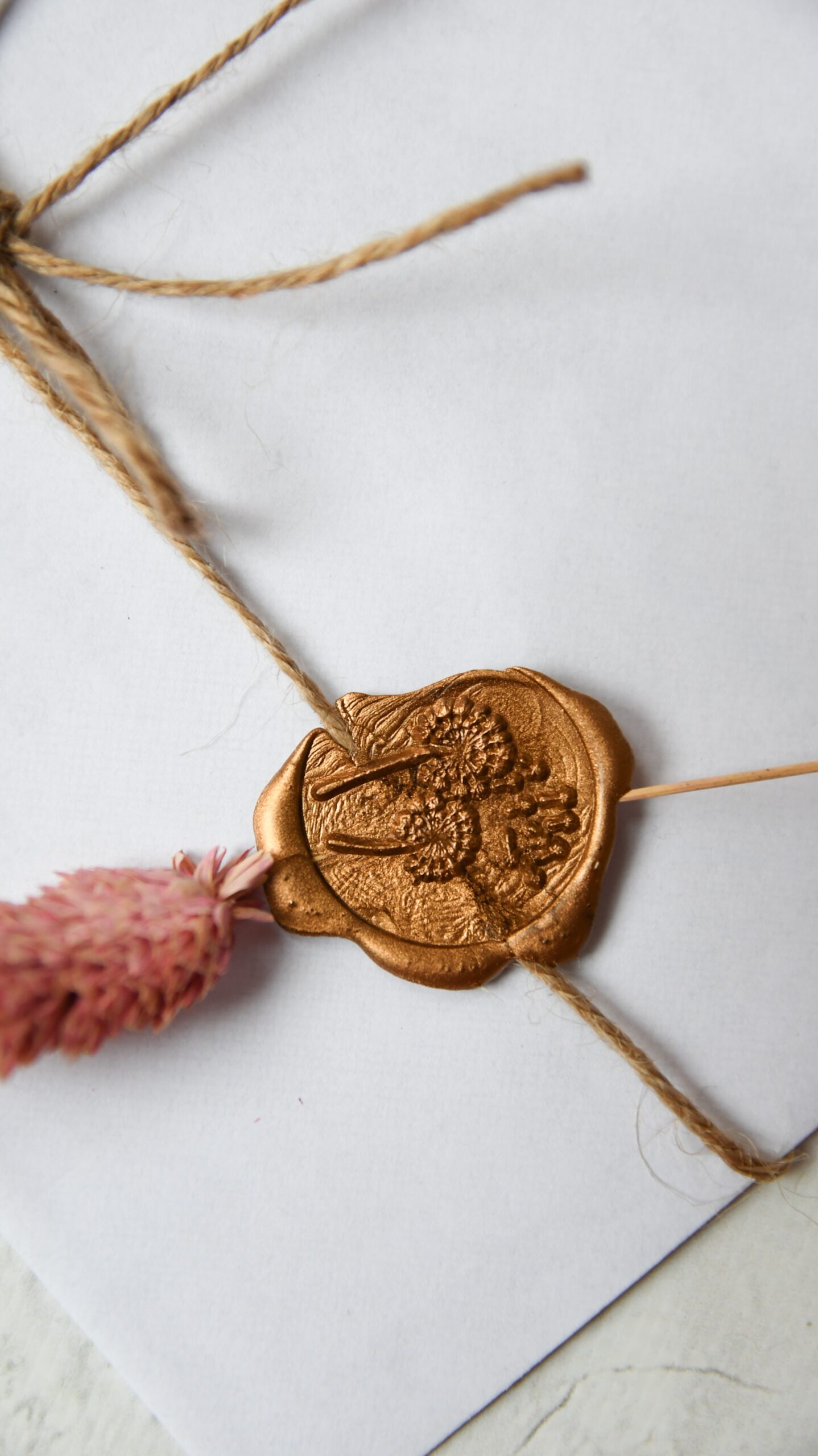If you find yourself dealing with sticky acrylic paint, don’t worry! In this article, you’ll discover easy and effective solutions to fix this common issue. Whether you’re a beginner or a seasoned painter, nobody likes the frustration of working with tacky paint. Luckily, with a few simple steps, you can revive your sticky acrylic paint and get back to creating beautiful masterpieces in no time. So, let’s get started and learn how to fix sticky acrylic paint effortlessly.
Causes of Sticky Acrylic Paint
Insufficient Mixing
One of the main causes of sticky acrylic paint is insufficient mixing. When you don’t mix the paint properly, the pigments and binders may not blend together thoroughly. This can result in uneven consistency, causing the paint to remain sticky even after it has dried. To prevent this, always make sure to use a palette knife or stir stick to mix the paint thoroughly before starting your project.
Use of Moisture-Laden Brush
Using a moisture-laden brush can also lead to sticky acrylic paint. When water or other liquids come into contact with the paint, it can interfere with the drying process and cause the paint to remain tacky. To avoid this, ensure that your brushes are completely dry before dipping them into the paint. Additionally, avoid using wet brushes to thin the paint or clean your palette while working.
Humidity and Temperature
Humidity and temperature play a significant role in the drying time of acrylic paint. High humidity levels can slow down the drying process, making the paint take longer to dry and potentially remain sticky. Similarly, extremely low temperatures can also affect the drying time and consistency of the paint. To prevent these issues, try to work in a well-ventilated area with controlled humidity and temperature levels.
Incompatible Paint Mediums
Mixing incompatible paint mediums can lead to sticky acrylic paint as well. Some mediums may not be compatible with certain brands or types of acrylic paint, causing a chemical reaction that affects the drying process. It is essential to ensure that the mediums you use are compatible with the specific acrylic paint you are using. Always follow the manufacturer’s guidelines and recommendations when selecting and mixing mediums.

Prevention Measures for Sticky Acrylic Paint
Proper Mixing Techniques
To prevent sticky acrylic paint, it is crucial to use proper mixing techniques. Start by pouring out the desired amount of paint onto a palette. Then, use a palette knife or stir stick to mix the paint thoroughly. Make sure to scrape the bottom and sides of the container to incorporate any separated pigments or binders. Continuously mix the paint until you achieve a smooth and uniform consistency.
Use a Dry Brush
Using a dry brush can help prevent sticky acrylic paint. Before dipping your brush into the paint, ensure that it is completely dry. This will prevent any excess moisture from transferring to the paint and interfering with the drying process. If you need to wet your brush for a specific technique or color application, make sure to thoroughly dry it before continuing with the paint.
Control Humidity and Temperature
Controlling the humidity and temperature in your workspace is essential to prevent sticky acrylic paint. Aim to work in an environment with moderate humidity levels, ideally between 40% and 60%. Use dehumidifiers or air conditioners to control the humidity if needed. Additionally, maintain a temperature range of around 65°F to 75°F (18°C to 24°C) for optimal drying conditions.
Use Compatible Paint Mediums
Using compatible paint mediums is vital to prevent sticky acrylic paint. Before mixing mediums with your paint, ensure that they are specifically designed for use with acrylics and are compatible with the brand and type of paint you are using. Read the manufacturer’s instructions and recommendations for each medium to ensure proper compatibility and avoid any potential issues with drying.

Methods for Fixing Sticky Acrylic Paint
Re-Mixing the Paint
If you find that your acrylic paint has become sticky after it has dried, you can try re-mixing the paint to improve its consistency. Use a palette knife or stir stick to thoroughly mix the paint again. This allows the pigments and binders to blend more effectively and break up any clumps or unevenness. Be gentle while mixing to avoid introducing air bubbles into the paint.
Use a Hairdryer
Another method to fix sticky acrylic paint is to use a hairdryer. Set the hairdryer to a low or medium heat setting and hold it a few inches away from the painted surface. Move the hairdryer in a back-and-forth motion, evenly distributing the warm air across the paint. The heat from the hairdryer helps accelerate the drying process and can help alleviate stickiness in the paint.
Blotting with Absorbent Material
If your acrylic paint is sticky but only in specific areas, you can try blotting the affected areas with absorbent material. Use a clean cloth or paper towel and gently press it onto the sticky areas. The absorbent material will help remove excess moisture from the paint, promoting faster drying and reducing stickiness. Be careful not to rub or scrub the paint, as this can damage the surface.
Applying a Thin Layer of Acrylic Medium
Applying a thin layer of acrylic medium can also help fix sticky acrylic paint. Choose a clear acrylic medium that is compatible with your paint and dilute it with a small amount of water. Then, use a brush or sponge to apply a thin layer of the diluted medium over the sticky paint. This can help seal the surface and promote faster drying, preventing further stickiness.

Additional Tips and Considerations
Test on a Small Area
Before applying any fix or prevention measure to your entire acrylic painting, it is advisable to test it on a small, inconspicuous area first. This allows you to observe the effects and ensure that the chosen method or technique does not negatively impact the appearance or integrity of the artwork.
Avoid Over-thinning the Paint
While thinning acrylic paint can be beneficial for certain techniques, it is essential to avoid over-thinning the paint. Adding too much water or medium can affect the paint’s consistency, making it more prone to becoming sticky. It is important to find the right balance when thinning the paint, considering the desired effect and following the manufacturer’s recommendations.
Allow Sufficient Drying Time
Proper drying time is crucial to prevent sticky acrylic paint. Allow the paint to dry fully between layers and before applying any fixes or prevention measures. The drying time can vary depending on the thickness of the paint, humidity, temperature, and other factors. Be patient and give the paint sufficient time to dry completely to avoid any stickiness.
Store Acrylic Paint Properly
To maintain the quality of your acrylic paint and prevent it from becoming sticky, it is important to store it properly. Seal the containers tightly to prevent air exposure and store them in a cool, dry place away from direct sunlight. Avoid extreme temperature fluctuations and ensure that the lids are securely closed to keep the paint fresh and usable for an extended period.
By understanding the causes of sticky acrylic paint and implementing the appropriate prevention measures and methods for fixing it, you can ensure a smooth painting experience and achieve the desired results with your acrylic artworks. Remember to follow the recommended techniques, use compatible materials, and provide optimal drying conditions to avoid any frustrating stickiness. With these tips and considerations in mind, you can confidently create beautiful and long-lasting acrylic paintings.




